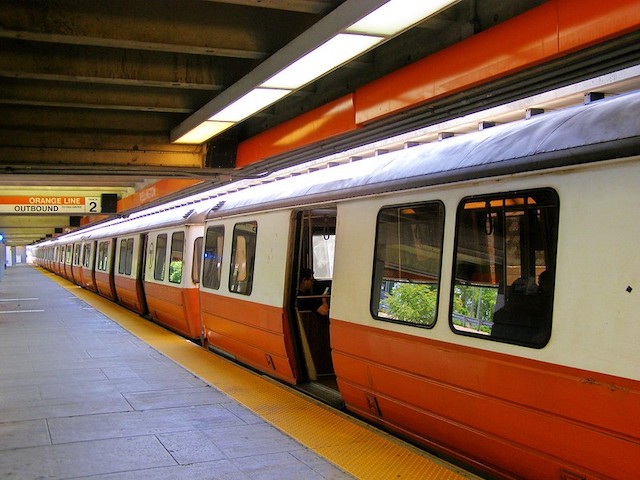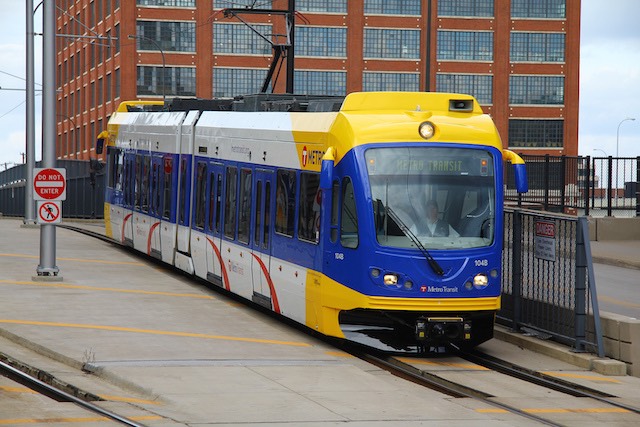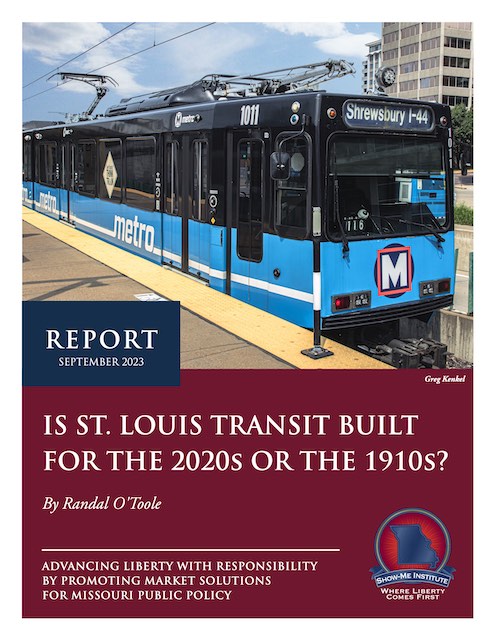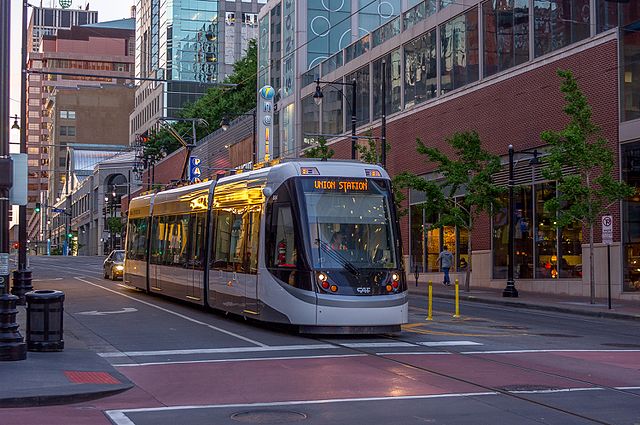The good news is that it took a month before a Brightline train on its new Orlando route killed a pedestrian. The bad news is that it did so in the same circumstances as previous fatalities south of West Palm Beach: a busy railroad crossing with inadequate crossing gates that previously saw only a few slow freight trains per day now populated with frequent fast passenger trains.
The crossing where a pedestrian was killed by a Brightline train last week is shown in this Google street view. Note that crossing gates only block the right side of the road, so pedestrians on the left side are not prevented from crossing tracks when gates are down.
This isn’t part of the route that was built new but an existing freight line that is being used by Brightline trains. When Brightline introduced fast passenger trains to a corridor previously used by slow freight trains, it should have installed better gate crossings. Instead, all it did was issue “ public service announcements on railroad safety that emphasized when the arms go down, don’t go around.” Since, as the photo above shows, the arms don’t completely block the sidewalks when they go down, that’s not very useful advice. Brightline’s failure to add better crossing gates despite the high number of deaths in the Miami-West Palm Beach corridor shows its callous disregard for people’s safety. Continue reading

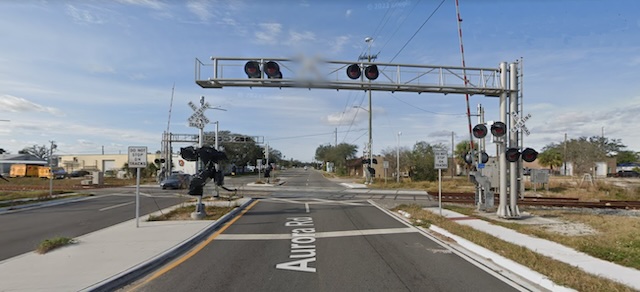
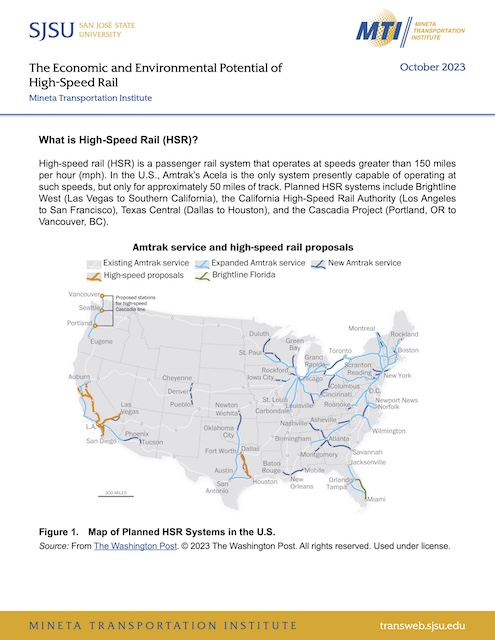
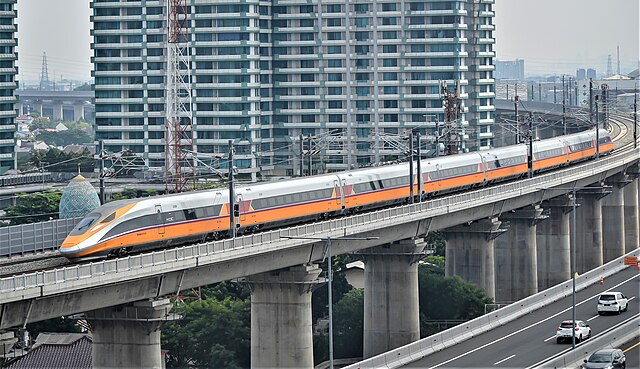
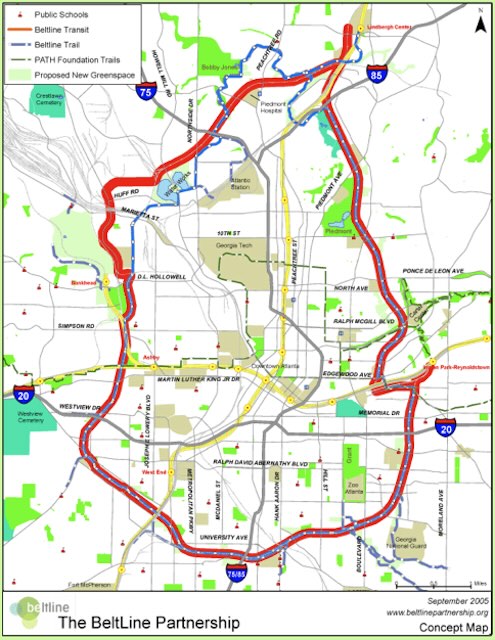 Proposed route of Atlanta beltline transit system.
Proposed route of Atlanta beltline transit system.